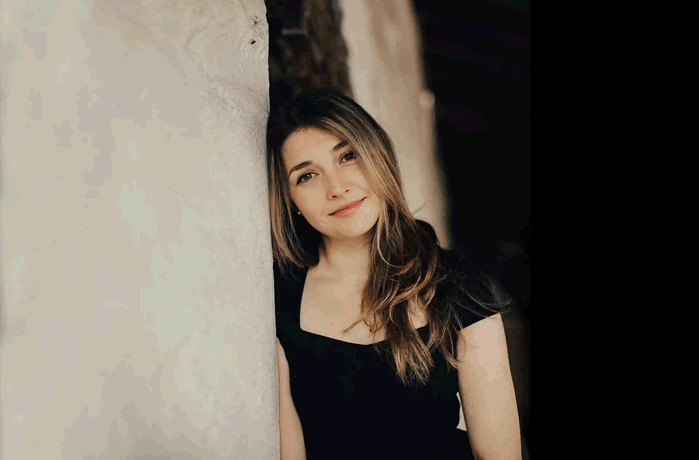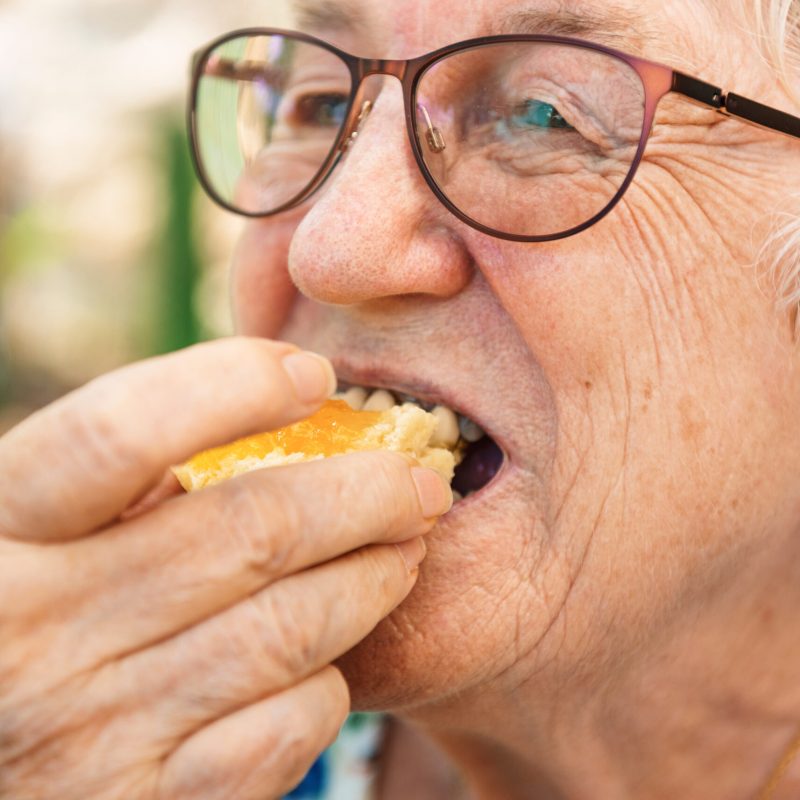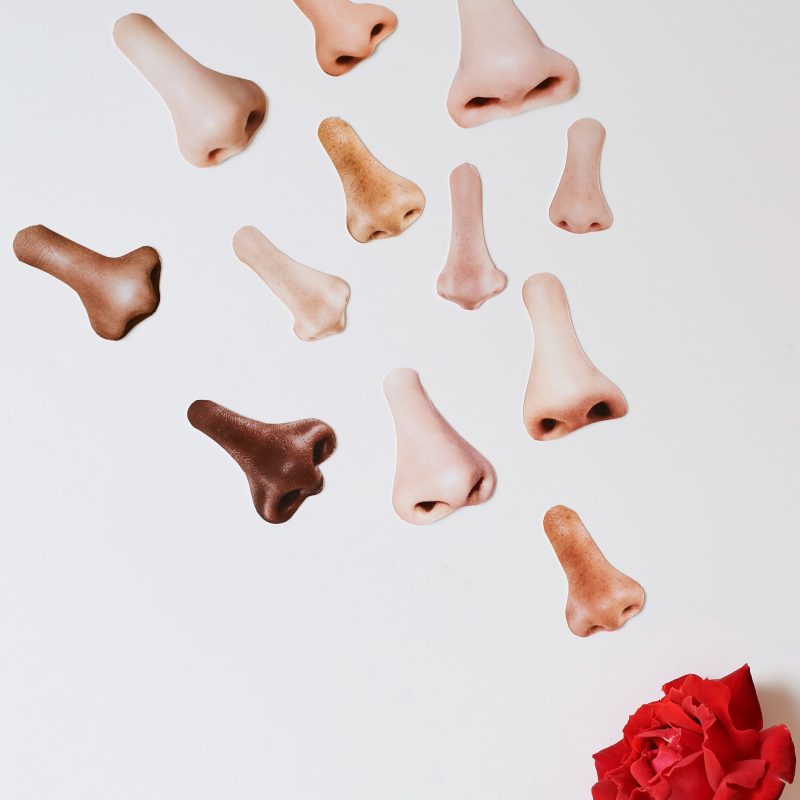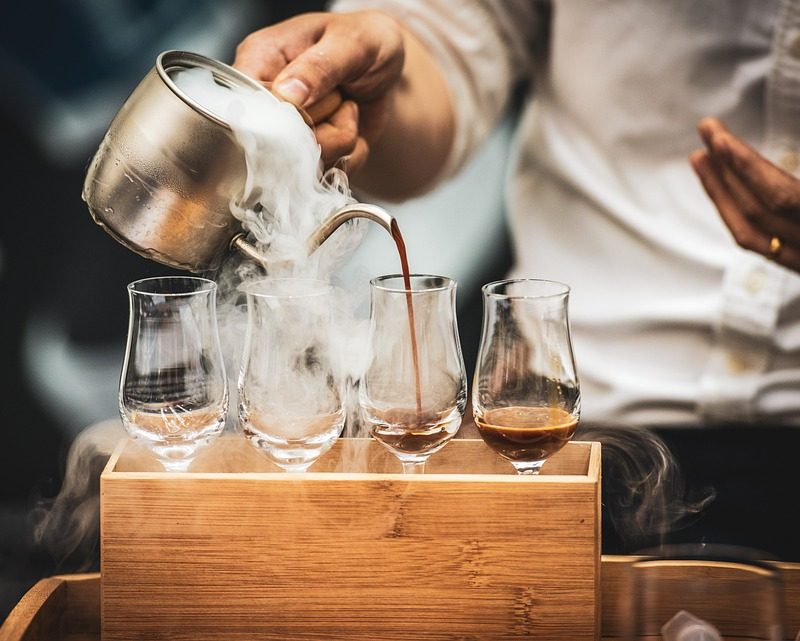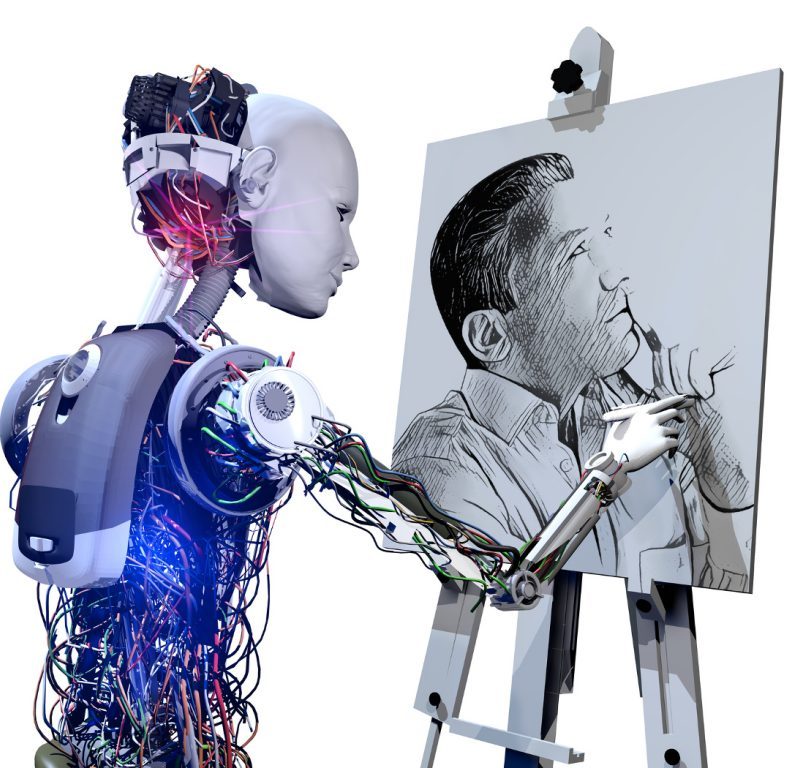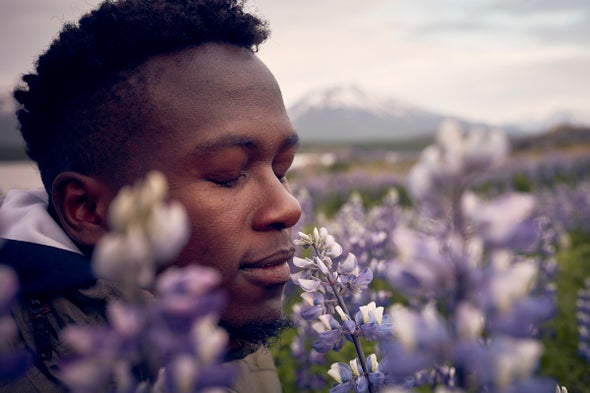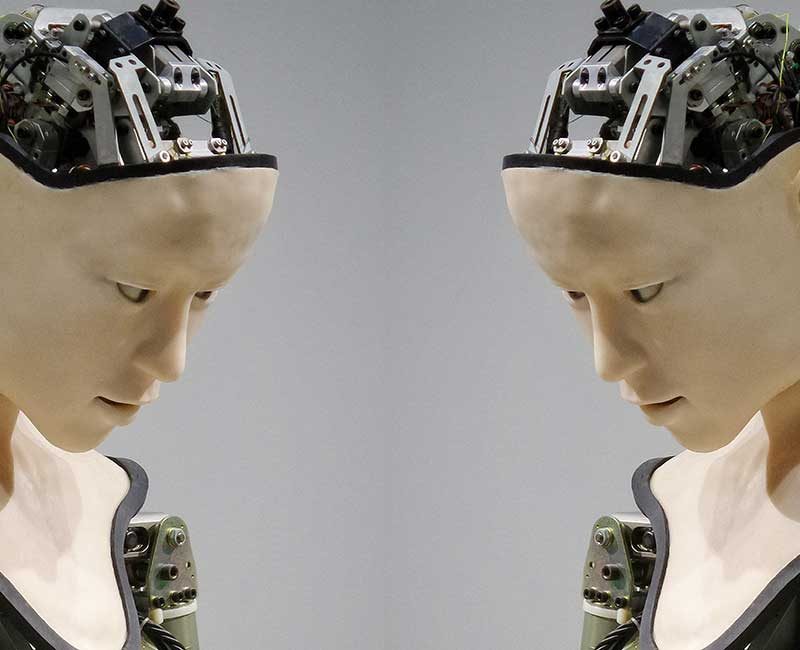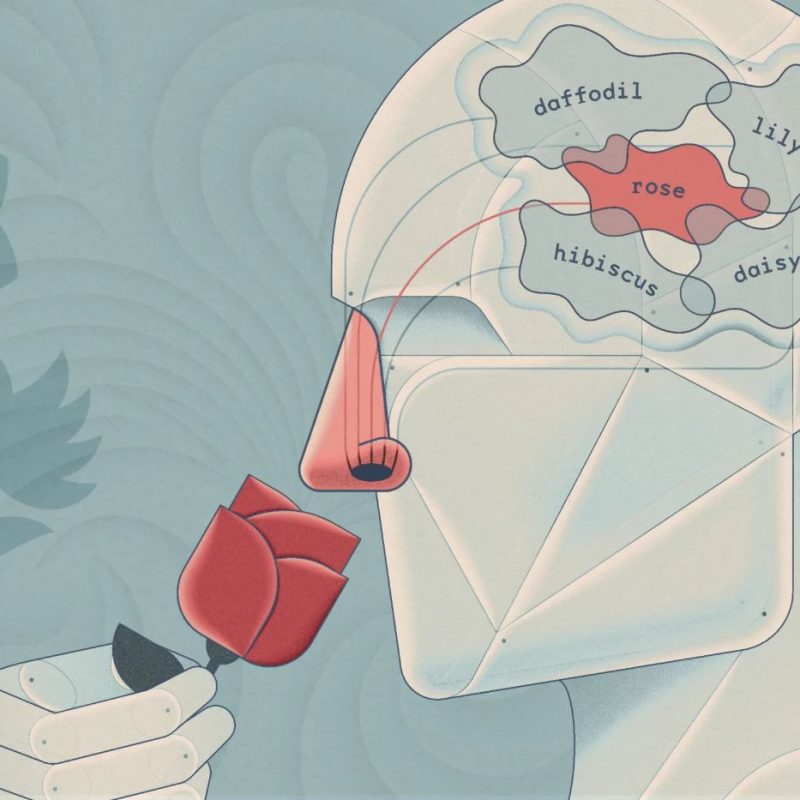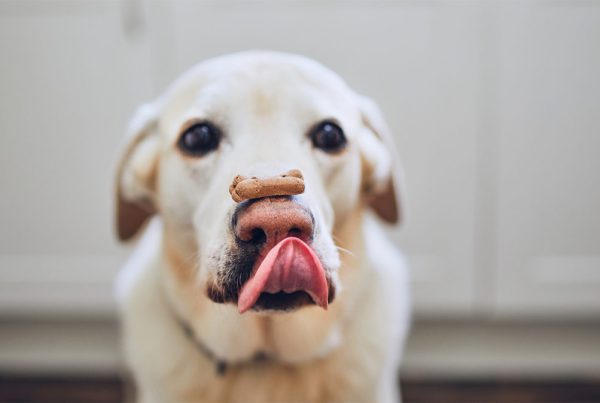Photo by Taryn Dudley / Animation by Matthew Dimas
In grocery stores across the country, your wine shopping is going digital.
Using a blend of machine learning, sensory science and analytical chemistry, artificial-intelligence developer Tastry’s in-store kiosks and smartphone app will soon be matching consumer flavor preferences to the bottles available for purchase in each shop. The company is based in San Luis Obispo, California, and founded by 27-year-old Katerina Axelsson, who graduated from nearby Cal Poly San Luis Obispo; it will be adding about 15,000 new wines this year alone to the database in their Paso Robles lab.
But connecting consumers to wine they’ll like is just the tip of this tech iceberg. Tastry is now working with wineries to develop flavor profiles that consumers will enjoy, as well as collaborating with distributors to determine what will succeed in which geographic regions. The potential for Axelsson’s invention to change wine-buying is mind-boggling, with additional promise for applications in the worlds of beer, cannabis, perfume and more.
How’d you get into this?
To pay for college at Cal Poly, I worked at a custom crush facility in Edna Valley. It’s very common to blend many wines in different tanks, with half of the tank going to one customer and the other half going to another. It’s the same wine, but then the marketing of the wine colors the impression. I thought there was an opportunity to make an objective scoring system based on the consumer’s palate from a chemistry perspective. Then I was in the lab till 3 am for many months at a time. I knew you couldn’t build the typical algorithm the way that Amazon recommends products because wine is more complicated than that. Just because you and I bought similar things and live in the same ZIP code doesn’t mean we’re gonna like the same Chardonnay at the table. [After assembling a team], what we created was the ability to predict consumer preferences for sensory-based products.
How does this work for winemakers?
The Tastry team developed the ability to predict the aggregate consumer score for various wines in the market using our unique chemistry and AI methods to 91.8% accuracy. So, we can predict the score of your wine while you’re making it. We can look at the chemistry of wine during the manufacturing process and assist winemakers to make blending decisions to increase that value prior to bottling. This gives winemakers the ability to create products with a data driven approach.
How do you do that?
The way I describe it is that every wine has the compounds that can express the cherry tasting note, but not every wine is going to have that note. That’s because of the presence or absence of other compounds in the matrix that will allow the compound to be expressed. So how do we measure that in the same way that a human might perceive them?
What else is coming?
We’re planning to launch an automated food pairing capability where we will pair the wine to recipes but also to the food inventory of the store. We can filter dietary preferences and intolerances. You can get wine recommendations based on your shopping list and vice versa.
Do you worry that this will take some of the magic out of wine?
I haven’t had anyone say that. Our customers and the companies we engage with see this as a huge competitive edge. They have measurable efficacy for what they’re doing, which is a pretty new concept in production. I hope we become so ingrained in the wine industry that the overall quality will go up. I definitely see that as possibility.
You’re a young woman working in tech and wine, two fields long dominated by older men. How does that feel?
I don’t really pay attention to the fact that I am a woman or that I’m young. I’m sure some biases exist, but at the end of the day, I think that I’m just focusing on building a compelling product that people want to use. Maybe for that reason, I haven’t had too many issues.
Do you have any competitors?
I haven’t heard of a company that’s doing exactly what we’re doing or can do what we’re doing, especially on the manufacturing side. I hate to say this, but I would say our biggest competition is the status quo.
Discover more about how science is leading drinks into the future in our Wine & Tech issue.
Source: Katerina Axelsson of Tastry on Teaching Computers to Taste Wine

